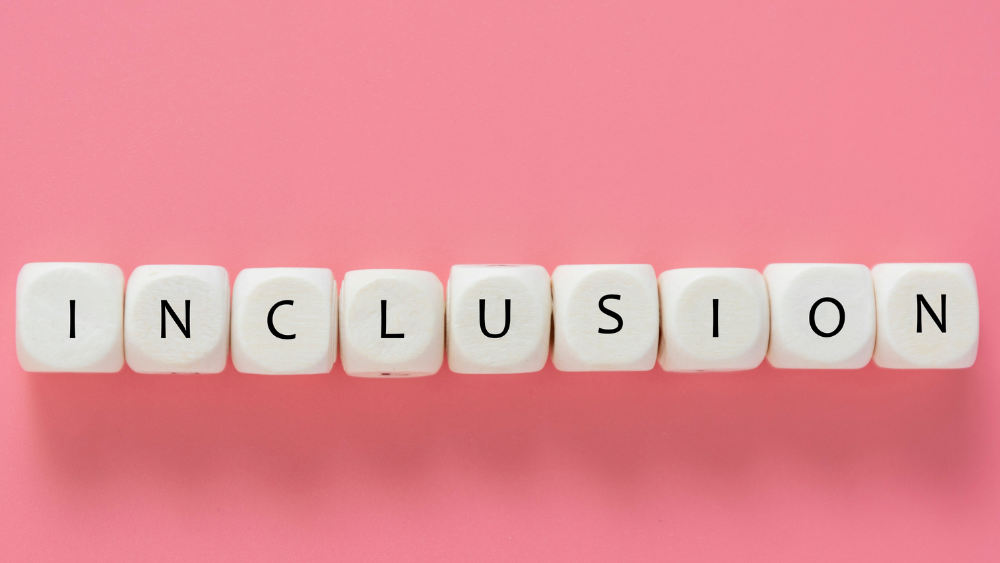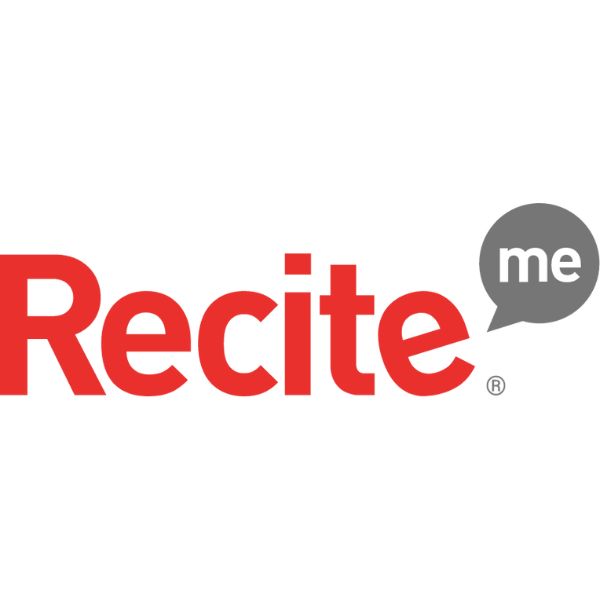Insights
INSIGHTS
All Topics
My Account
Tips to make your charity comms more inclusive
03 Jan 2025by kirsty marrins
Charities seek to engage a range of stakeholders in their work. But what if the language and images you use are alienating some people? Here’s how to ensure your comms is inclusive
We all know that what you say matters. The right words will inspire someone to fundraise for your cause or put their name to a petition.
Conversely, the wrong words or language can create a barrier, make people or groups of people feel uncomfortable, alienated or like they don’t belong. And it’s not just words, it’s the images you use too.
Whether aware of it or not, we all have unconscious bias. We assume genders for certain professions, for example, or make assumptions about someone’s sexuality or their culture. These assumptions can be harmful and marginalise certain groups. It’s our role as comms professionals to ensure that our language and images do not alienate but are inclusive.
How to ensure your comms is inclusive
Be gender inclusive
Pip Gardner, CEO at LGTBQ+ youth charity The Kite Trust, identifies as non-binary and says that, ‘If you’re looking for me to become a supporter or beneficiary and your charity makes me feel excluded or ignored by the language you use, I’m far more likely to walk away.”
The differences between feeling welcomed or excluded are very small, in their experience, and is something easily fixed. “It doesn’t cost anything to simply use phrases which are inclusive of non-binary people and to avoid gender stereotypes. This means using the term ‘everyone’ instead of ‘ladies and gentlemen’ or ‘boys and girls’. This might seem tiny – or even insignificant – but it makes the world of difference to the experiences of people like me. Everyone should feel like they belong.”
Social media platforms, such as Instagram and LinkedIn now have the option for users to add pronouns, making it easier to reply to or engage with supporters using their preferred pronouns. Encourage a culture of inclusiveness in your organisation by adding your own pronouns to your email signature.
Avoid heteronormative assumptions
‘Heteronormative’ is the belief or world view that heterosexuality is the norm or the preferred sexual orientation. Whilst you may not use language which refers specifically to heterosexuality in your comms, be mindful that your photos and images do not just portray a heterosexual couple.
Just as you would ensure that your images are diverse in terms of ethnicity, don’t forget to check that you’re including same sex couples and familes too.
Avoid ableist language
Around 15% of people globally have a disability and one in five people in the UK reported a disability in 2016/17 in the Family Resources Survey. Ableist language is language that discriminates against people with disabilities, even unknowingly.
Some of the most common phrases are actually ableist – such as using the expression ‘falling on deaf ears’ or words such as ‘insane, crazy and psycho’ to describe an experience or even a person. These expressions and words portray disability in a negative way and perpetuate stereotypes.
Alison Kerry, head of communications at disability equality charity Scope, said, “Even when intentions are good, organisations do still sometimes use language which is negative or offensive, or reinforces lazy stereotypes about disabled people.”
Ableist language is pervasive in our culture, meaning we must actively look to change the expressions and words we use and seek to replace them with alternatives. “We need to pay attention to messaging, representation and have the courage to call out poor attitudes.” advises Kerry.
Ditch the metaphors and cultural expressions
The UK is made up of people from many different cultures so be mindful of using metaphors or expressions common to one culture. For example, in the UK, the expressions ‘that really takes the biscuit’ or ‘what a cheek!’ are cultural expressions that will not be understood by everyone.
It’s best to use plain language in your comms that will be understood by all and not be misinterpreted.
Involve people
One of the easiest ways to ensure your comms is inclusive is to simply include the people you support in the creation process.
“We’d encourage organisations to involve disabled people in creating communications as much as possible, and regularly test their communications with disabled people to spot areas where they can be improved.” said Kerry.
Ensuring that the language and imagery you use in your charity communications is accessible, is so important. Here’s some more tips on how to make your digital communications accessible.
More on this topic
Related Content
Recommended Products
Featured Products
19 Feb 2025by Laura Stanley
Marketing trends for charities in 2025
17 Feb 2025by Laura Stanley
Charity Digital Exchange: Grow your charity with AWS
Our Events
Charity Digital Academy
Our courses aim, in just three hours, to enhance soft skills and hard skills, boost your knowledge of finance and artificial intelligence, and supercharge your digital capabilities. Check out some of the incredible options by clicking here.
















